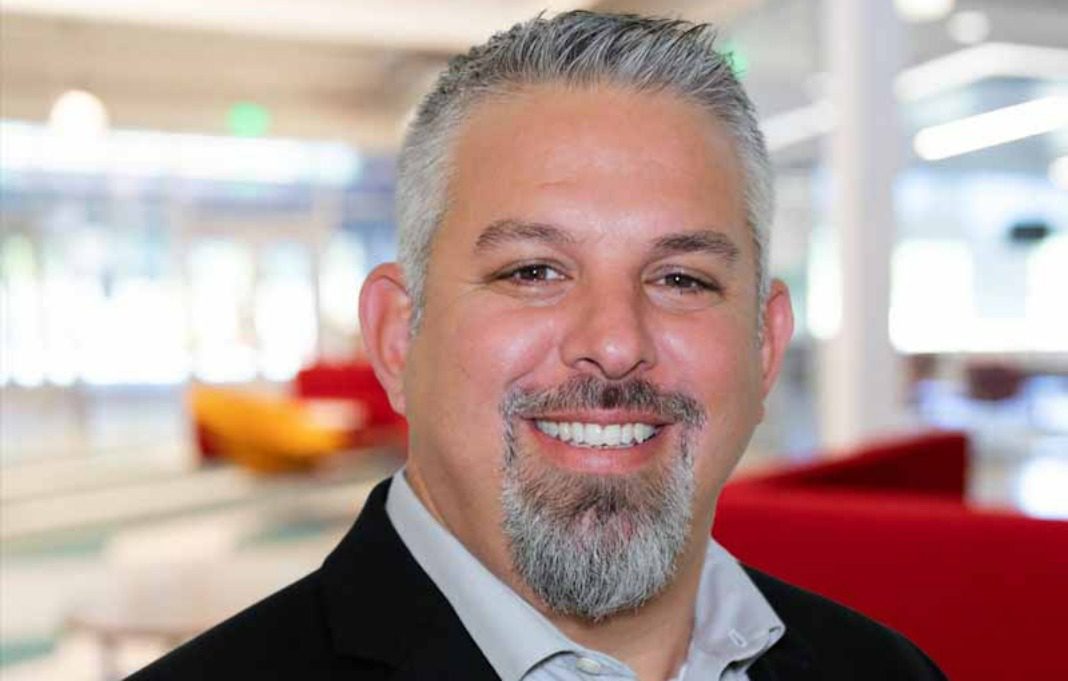‘Employee Experience Has Become More Important Than Ever’


The shift to hybrid work has transformed the role of CIOs, who need to be able to connect people in all kinds of new configurations today, says Damon Venger.
As CIO and CTO at Compucom, a technology managed services provider and product reseller based in Indian Land, South Carolina, Venger has seen the shifts firsthand, for both clients and in his own roles. He shares IT leaders’ new priorities, how to be a business partner—not just a service provider—and the future evolution of the workplace.
The biggest challenge Compucom’s customers are facing is implementing a seamless transition to hybrid work. With new and existing employees working out of the office, employee experience has become more important than ever.
An employee’s technology experience is largely based on their consumer experience. Convenient processes such as one-click shopping, the ability to track a product in real-time, algorithms that know their needs even before they do, and access to data and information wherever and whenever they want on any of their devices also translate to their workplace technology expectations. With five generations in the workforce, accommodating each to acquire, retain and maximize their experience is a very important challenge in today’s hybrid and remote work environment.
I have similar challenges and opportunities as our customers. We have more than 6,500 associates throughout the U.S., Canada, Mexico and India. In order to use technology, we must first deliver it to the employee ready to go, not just on day one, but minute one. That means hardware procurement, asset management and software accessibility that supports our employees and customers where and how they work in a secure environment all are part of today’s IT focus.
CIOs play a key role in understanding business needs and technology. While the cloud, Metaverse and cybersecurity are always paramount to a CIO and top of mind, CIOs are working more closely with CHROs and other C-Suite leaders to address digital transformation and workplace technology to improve employee productivity and help deliver value to the overall business.
IT’s impact on improving productivity has moved beyond measuring service levels and downtime to include real-time productivity metrics and other key deliverables that contribute to business outcomes. IT must be a business partner, not just a service provider, leveraging technology to create and sustain long-term business innovation, efficiency and growth.
The pandemic opened a market that didn’t exist before. People can hire and work from anywhere. This forces companies to think about how the traditional office translates to home not just in terms of technology, but also office set-up including laptops versus desktops, multiple monitors, smartphone access and more. This is all about finding ways to enable the workforce.
From a technology perspective, we’re thinking about what enables employees to be effective and interested in their jobs. Returning to the office is not necessarily returning to a big office. The future evolution of work from anywhere may require multiple headquarters. The key is figuring out how to connect people through processes and technology. A seamless experience is key to a productive and happy workforce.


0

1:00 - 5:00 pm
Over 70% of Executives Surveyed Agree: Many Strategic Planning Efforts Lack Systematic Approach Tips for Enhancing Your Strategic Planning Process
Executives expressed frustration with their current strategic planning process. Issues include:
Steve Rutan and Denise Harrison have put together an afternoon workshop that will provide the tools you need to address these concerns. They have worked with hundreds of executives to develop a systematic approach that will enable your team to make better decisions during strategic planning. Steve and Denise will walk you through exercises for prioritizing your lists and steps that will reset and reinvigorate your process. This will be a hands-on workshop that will enable you to think about your business as you use the tools that are being presented. If you are ready for a Strategic Planning tune-up, select this workshop in your registration form. The additional fee of $695 will be added to your total.

2:00 - 5:00 pm
Female leaders face the same issues all leaders do, but they often face additional challenges too. In this peer session, we will facilitate a discussion of best practices and how to overcome common barriers to help women leaders be more effective within and outside their organizations.
Limited space available.

10:30 - 5:00 pm
General’s Retreat at Hermitage Golf Course
Sponsored by UBS
General’s Retreat, built in 1986 with architect Gary Roger Baird, has been voted the “Best Golf Course in Nashville” and is a “must play” when visiting the Nashville, Tennessee area. With the beautiful setting along the Cumberland River, golfers of all capabilities will thoroughly enjoy the golf, scenery and hospitality.
The golf outing fee includes transportation to and from the hotel, greens/cart fees, use of practice facilities, and boxed lunch. The bus will leave the hotel at 10:30 am for a noon shotgun start and return to the hotel after the cocktail reception following the completion of the round.